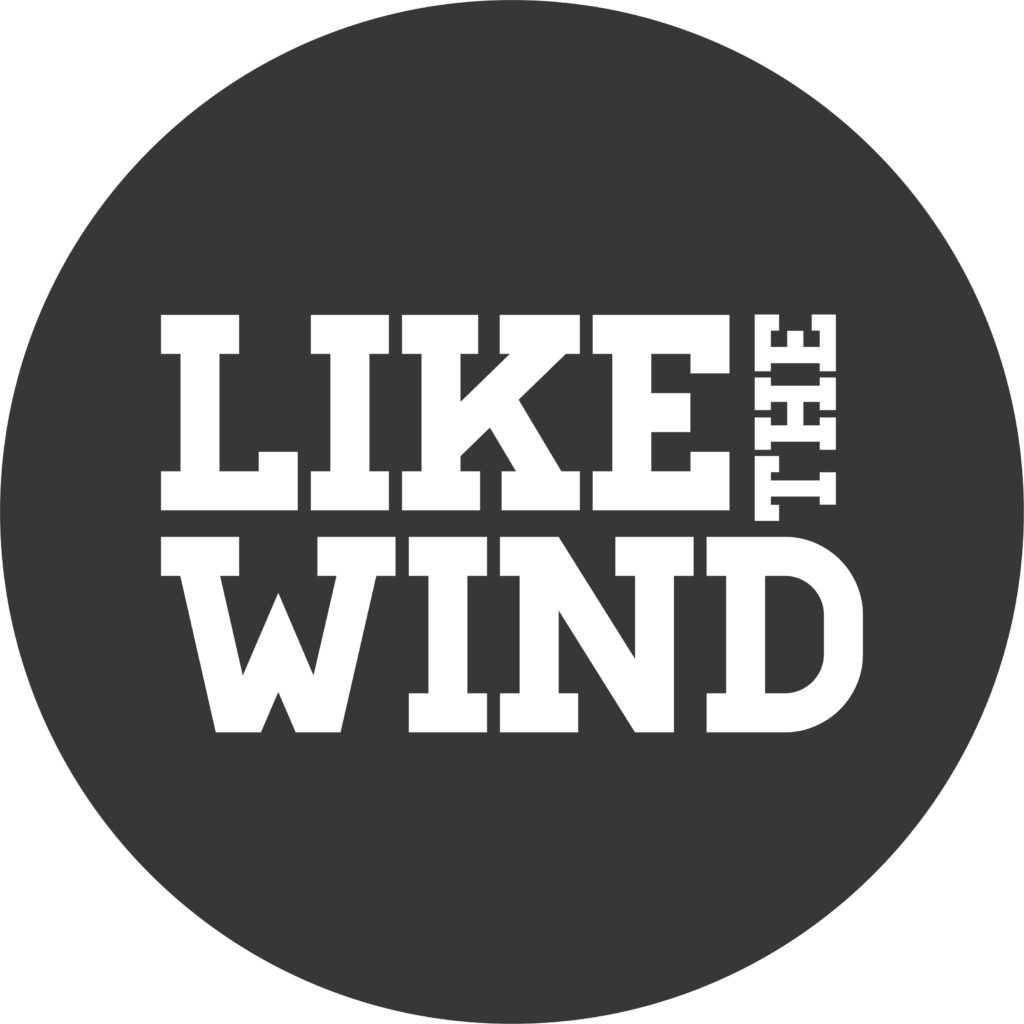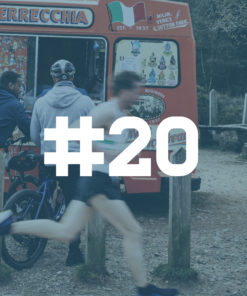Featured in Like the Wind #1. Words by Simon Wheatcroft – illustration by Luke Waller.
In the blackness of the early morning I stood in a car park at the foot of the Half Dome, a beautiful mountain in Yosemite National Park. In my pocket I had a ring and in my mind a plan. I would climb this mountain and, at the top, propose to my girlfriend. I had never climbed a mountain – nor had my girlfriend – but, with it being such a noble quest, I felt we could not fail.
After wondering around aimlessly for a few hours, becoming lost and finding the correct trail, we reached a crossroads. There were two routes to the halfway point – we chose the shortest and, holding hands, set off with new-found gusto. The route was far trickier than we had expected: steep steps, loose boulders and substantial drops at the edge of the trail made the hike hazardous. I continually stumbled; fearing I would pull my girlfriend down if I fell, we broke holding hands and I began to trail behind. After an hour or so it became far too difficult for me. My plan of proposing to my girlfriend atop the mountain was slipping away. We decided the hike was too difficult for me; it was just too unsafe. Begrudgingly, I agreed to quit at the halfway point. It marked a difficult point in my life – for the first time, I had allowed my blindness to restrict what I was physically capable of doing. I couldn’t be too disheartened, though: I still had a ring. I just needed to adapt my plan. So as we walked down the (far easier) longer trail, I proposed. Two weeks later we wed in Las Vegas in a wonderful outdoor ceremony.
Returning to the UK, I thought back to my failure to climb the mountain – I had become constrained by my lack of vision. Having taken voluntary redundancy and waiting for my new start at university, I had a lot of time on my hands. Frustrated and bored, I sat on my sofa. I thought to myself: “Maybe I could just go outside and run?”
This thought plagued me for a while until one day I decided just to do it. I headed out to a football pitch behind my house, positioning myself between the goal posts, and ran up and down the pitch. Feeling exhilarated, I was quickly brought back down to earth by the dog walkers. They assumed I could see. I assumed they would move.
So I persuaded my wife to drive me to a closed road. I knew I would be safe; I could just run up and down the road to my heart’s content. It proved relatively easy. I could feel the double yellow lines underfoot and used them as my guide. While I could feel the hump of the line I knew I was on the right track – I was beginning to be less constrained by my lack of vision. Around the same time I began to use RunKeeper, a running application that reads aloud distance and pace information, on my iPhone. I began to notice that I always felt the same grates underfoot as RunKeeper spoke the distance.
After a few weeks of running on the closed road, I was becoming bored with the straight third-of- a-mile of tarmac. Navigating it had almost become automatic; as RunKeeper updated my distance, I knew it was time to turn around. The combination of the feeling underfoot and RunKeeper’s distance markers was creating a fluid guide. With my confidence riding high from running solo, along the boring straights, my mind began to wander… Could I just run on the dual carriageway on top of this road? Feeling particularly bullish one day, I put one foot on to the main highway and, feeling the yellow lines underfoot, ran down the road.
Reaching the bottom of the dual carriageway, I stopped. Suddenly the emotions of what I had achieved rushed over me and I began to cry. I no longer felt constrained by my sight loss; I had achieved something that, just weeks previously, I didn’t believe possible. I knew only one thing: if I told my wife, she would never let me out again! So for a few weeks I kept up the facade of running along the closed road, while secretly I was beginning to learn to run solo out in the open.
I was using the feeling underfoot and the distance markers from RunKeeper to map out a route. If I ran into a post, I would remember the distance marker and avoid it next time. After a few weeks of running into posts, bushes and traffic lights, I had carved out a three-mile route in my mind. At this point I had to tell my wife. Annoyed at first, she eventually relented and agreed to drive me to my new, memorised route.
After running the route for a while I began to wonder how far I could run – everyone has a marathon in them! But that seemed a little too constraining; after all, a marathon is just a number of miles, not the physical limits of how far a person can run. So I looked around for my first ever race to enter. I chose a 100-mile road race in the Cotswolds. I thought that would give me plenty of opportunity to find my limit and, if I did finish, I could always turn round and run a little further. The training on my route increased and I peaked at 75 miles a week just before the race.
The race was far tougher than I had ever expected. After getting lost and finally reaching the 50-mile point, I was a mess. I was emotionally drained and physically tired; sitting in the support vehicle, I questioned whether I could continue. I decided that I could only live with a DNF if I could no longer physically move, so I stepped back out and continued the run. By mile 83, I could no longer stand. I had found my limit.
No runner likes to have a DNF on their record but for me that DNF signified a great achievement. I had travelled a journey that began with me feeling constrained and held back by my lack of sight to learning to run solo and exploring my physical limits on the road. The DNF reminds me of what is possible if you adapt and keep striving for your goals. I continue to train at the ultra distance and compete – with even greater runs on the horizon, I hope to expand my limits and once again see how far I can go.
Simon Wheatcroft is a blind ultra runner who uses technology to reach new limits. www.andadapt.com // @andadapt
Luke Waller is Mr Smile himself, semi-pro footballer, amateur politician, weekend historian and full-time Illustrator. www.lukewaller.co.uk // @LucaXun
If you’ve enjoyed this story, please consider supporting us with a Like the Wind subscription
We’re publishing some of our favourites stories here on the blog in an attempt to help lift runners’ spirits during the COVID-19 pandemic.


 Issue Twenty of Like the Wind Running Magazine
Issue Twenty of Like the Wind Running Magazine